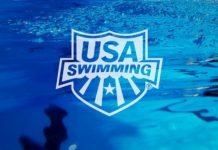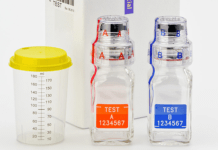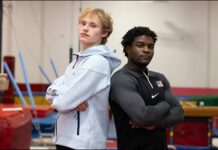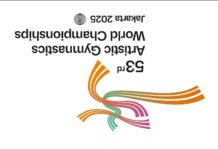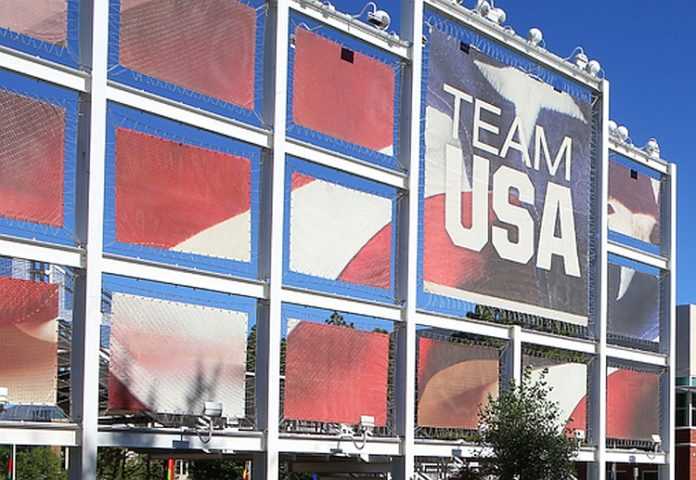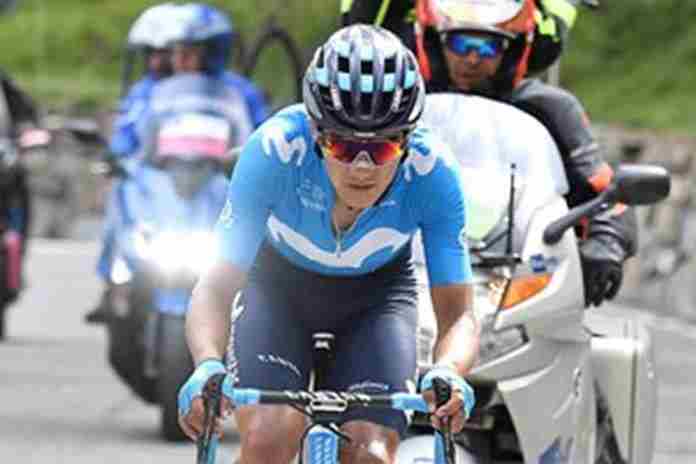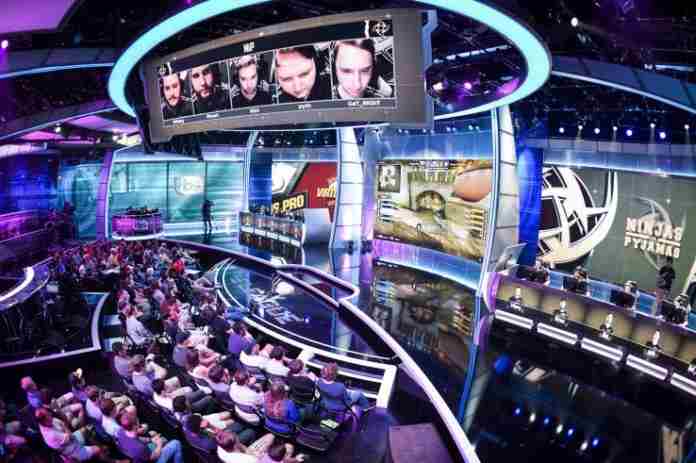The legislative chapter of the Larry Nassar scandal has been completed with the signing of S. 2330, the “Empowering Olympic, Paralympic and Amateur Athletes Act of 2020” on 30 October by President Donald Trump.
The bill modifies the Ted Stevens Olympic and Amateur Sports Act (36 U.S.C. 2205 et seq.), but what exactly does it do? And how much has already been done by the various by-law changes undertaken by the U.S. Olympic & Paralympic Committee?
Happy to help! Let’s go through the checklist of what S. 2230 actually does … and what it is expected to do:
● The introduction to the bill explains its purpose, rooted in the Nassar abuse cases:
“Ending abuse in the Olympic and Paralympic movement requires enhanced oversight to ensure that the Olympic and Paralympic movement does more to serve athletes and protect their voice and safety.”
The bill also stated as a finding that “USA Gymnastics and the United States Olympic Committee knowingly concealed abuse by Larry Nassar, leading to the abuse of dozens of additional amateur athletes during the period beginning in the summer of 2015 and ending in September 2016.”
There are hundreds of cases pending concerning the Nassar situation, but the Congressional finding is an important backdrop to what will happen next.
● A new subchapter was added which allows the Congress, by Joint Resolution of both the House and Senate, to either (1) dissolve the USOPC Board of Directors and prescribe “adequate procedures” for the formation of a new Board, and (2) to terminate the recognition of a National Governing Body which “has failed to fulfill its duties.”
These aren’t empty threats and if undertaken, are clear violations of the Olympic Charter’s prohibition again governmental interference in sport, which could lead to a suspension of the USOPC by the International Olympic Committee. In fact, these provisions violate the Charter now, but the IOC has many bigger fish to fry at present.
However, this section will be tested sooner than later. While dissolving the USOPC Board isn’t on the table at this moment, there is no doubt that the proponents of S. 2330 – Sen. Jerry Moran (R-Kansas) and Richard Blumenthal (D-Connecticut) – want USA Gymnastics to be removed as the National Governing Body for gymnastics. This is further underscored later in the bill in a section which prevents a bankruptcy filing under 11 U.S.C. 362 (b) from keeping the USOPC from pursuing de-certification of an NGB under its existing powers.
The problem for Moran, Blumenthal and the Congress is that the USOPC and USA Gymnastics are essentially on the same side – for the time being – in proceedings in the U.S. Bankruptcy Court for the Southern District of Indiana, trying to squeeze more money out of their insurers to meet the demands of the Survivors Commission of the Nassar-related lawsuits. These parties are currently in a court-ordered settlement mediation period, of which the outcome is uncertain. But once (or if) the mass settlement is finally agreed, have no doubt that the Congress will expect USA Gymnastics to be removed by the USOPC, and if not, by the Congress (which will then get the USOPC Board in hot water).
Important: these Congressional powers will become available in a year: on 30 October 2021, not sooner.
It’s worth noting that if the USOPC goes through the de-certification procedure and removes USA Gymnastics, that federation has the right of appeal in arbitration, and could win there. Then, the Congress could step in and remove USA Gymnastics, from which there is no avenue of appeal except to file a Federal lawsuit and call into question the legality of such an action.
● There is a lengthy modification to the “purposes” of the USOPC and to its membership and representation requirements.
First, the previous-open question of how much USOPC oversight of the NGBs is required is now defined:
“[T]o effectively oversee the national governing bodies with respect to compliance with and implementation of the policies and procedures of the corporation, including policies and procedures on the establishment of a safe environment in sports…”
Athlete representation on the USOPC Board of Directors is a major focus of the bill, now requiring that:
(1) At least 33.3% of the USOPC Board is made up of current or former U.S. national team athletes who are directly elected by athletes, and
(2) that 20% of the Board be made up of athletes who are either currently competing or have represented the U.S. in international competition within the last 10 years.
So, 20% of the Board is current or recent athletes and the other 13.3% can be older athletes.
There is a continuing, annoying reference in S. 2330 to “amateur athletes,” which incorrectly describes today’s Olympic athletes, many of whom – if not a majority – are professionals. Perhaps this will be fixed by the forthcoming Commission on the U.S. Olympics and Paralympics. It certainly opens a small hole for challenging provisions of this bill and the Ted Stevens Act as a whole.
● There are significant prohibitions on conflicts of interest in S. 2330, including against the hiring of an athlete representative from the USOPC Board of Directors by the U.S. Center for SafeSport within two years of the end of an individual’s Board service period.
There is also a prohibition against USOPC staffing assisting a former staff member from getting a job “if the individual knows that such member or former member violated the policies or procedures of the [Center for SafeSport] related to sexual misconduct or was convicted of a crime involving sexual misconduct with a minor in violation of applicable law.”
Further, no bonuses or severance pay can be made by the USOPC to anyone who is part of an ethics investigation until that inquiry is completed and the individual is cleared.
● Instances of child abuse must be reported to law enforcement and to the U.S. Center for SafeSport if made known to either the USOPC or to any of the National Governing Bodies.
● The “Office of Athlete Ombuds” was defined to offer “independent advice to athletes at no cost about the applicable provisions of this chapter” and especially with regard to disputes over participation in the Olympic Games, Pan American Games and so on. The law essentially extends an attorney-client privilege to discussions between athletes and the Athlete Ombuds office, and prohibits reprisals against anyone who uses this service.
This office is to be funded by the USOPC.
● The USOPC is required to file a detailed annual report to the Congress, including “Data concerning the participation of women, disabled individuals, and racial and ethnic minorities in the amateur athletic activities and administration of the corporation and national governing bodies” as well as a financial audit, description of any lawsuits filed and reports on compliance with S. 2330 and any complaints of retaliation.
The question is well asked whether anyone in the Congress will read it after, say, 2023.
An annual survey of athletes – the number to be queried is not specified – is also required, to gauge satisfaction with the USOPC and the National Governing Bodies.
● The revisions to the rules governing National Governing Bodies notably now require selection procedures for U.S. national teams that are “fair” and “clearly articulated in writing and properly communicated to athletes in a timely manner.”
The 33.3% minimum for athlete representation is extended to the NGB Boards as well.
All NGBs must also submit annual reports that include financial disclosures and a description of its SafeSport programs and procedures. The same conflict of interest and immediate reporting of abuse to law enforcement language is included in the NGB section as well.
● The section concerning the U.S. Center for SafeSport allows for the use of a standard of “preponderance of the evidence” – a 51% standard – in its decisions. The USOPC is now required to fund the Center for SafeSport at $20 million per year on the first business day of the new year.
The Center for SafeSport is also required to make a quarterly report to the USOPC relating to the statistics of cases taken, investigated and disposed of. An annual report to the Congress is also required.
● The final section of the bill concerns a new “Commission on the U.S. Olympics and Paralympics,” which is tasked with reviewing the USOPC, especially as to reforms, diversity, finances and goals. The clock is ticking: the report of the Commission is due in 270 days from 30 October, or essentially, the end of July 2021.
There will be 16 members of the Commission, half of whom must be athletes. It is required to hold at least one public hearing and has subpoena power.
This effort will certainly fail if it does not also include some good lawyers who understand how to read statutes and some folks who actually understand the Ted Stevens Act and what it requires and what it doesn’t.
S. 2330 adds a significant reporting and oversight burden to the USOPC, as well as more than $10 million in new costs for compliance. The easy part will be to add more athletes to the Board of the USOPC and the National Governing Bodies, actions which are already underway.
The future success or failure of this bill will come from the work of the new Commission and then how much interest the Congress has in following up on its own, new oversight responsibilities. If it does maintain sharp interest in the USOPC and its related organizations, S. 2330 could be a great success. But it would be ironic indeed if a bill designed to better the U.S. Olympic Movement ends up getting the United States suspended from participation in a future Olympic Games.
Rich Perelman
Editor
You can receive our exclusive TSX Report by e-mail by clicking here. You can also refer a friend by clicking here, and can donate here to keep this site going.
For our 526-event International Sports Calendar from October 2020 to June 2021, by date and by sport, click here!









